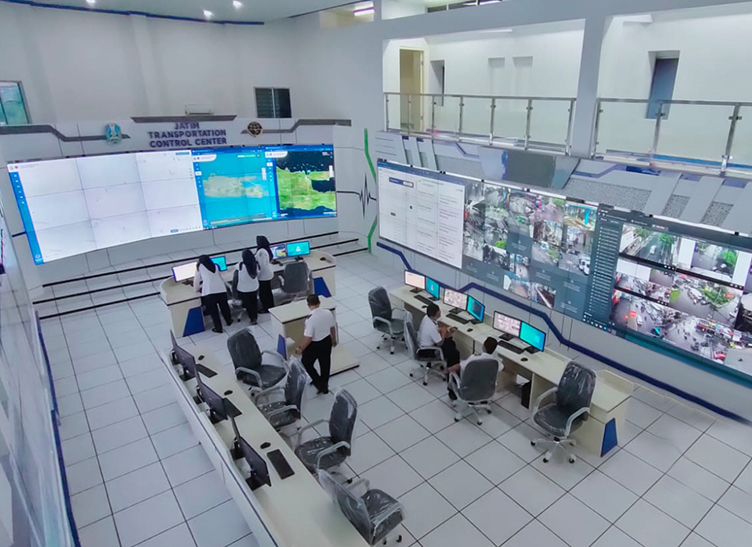



A command center (often called a war room) is any place that is used to provide centralized command for some purpose.
While frequently considered to be a military facility, these can be used in many other cases by governments or businesses. The term "war room" is also often used in politics to refer to teams of communications people who monitor and listen to the media and the public, respond to inquiries, and synthesize opinions to determine the best course of action.
If all functions of a command center are located in a single room this is often referred to as a control room. However in business management teams, the term "war room" is still frequently used, especially when the team is focusing on the necessary strategy and tactics to accomplish some goal the business finds important. The war room in many cases is different than a command center because one may be formed to deal with a particular crisis such as sudden unfavorable media, and the war room is convened in order to brainstorm ways to deal with it. A large corporation can have several war rooms to deal with different goals or crises.
Traditionally, meeting rooms have been equipped with basic projectors and whiteboards. However, the increasing need for seamless communication and collaboration has driven the demand for more sophisticated solutions. Enter the smart meeting room, a space designed with cutting-edge technology to facilitate dynamic discussions and decision-making processes.
Professional Displays
Integrated Audio Systems
Connectivity and Integration
Interactive Features

